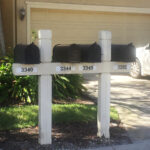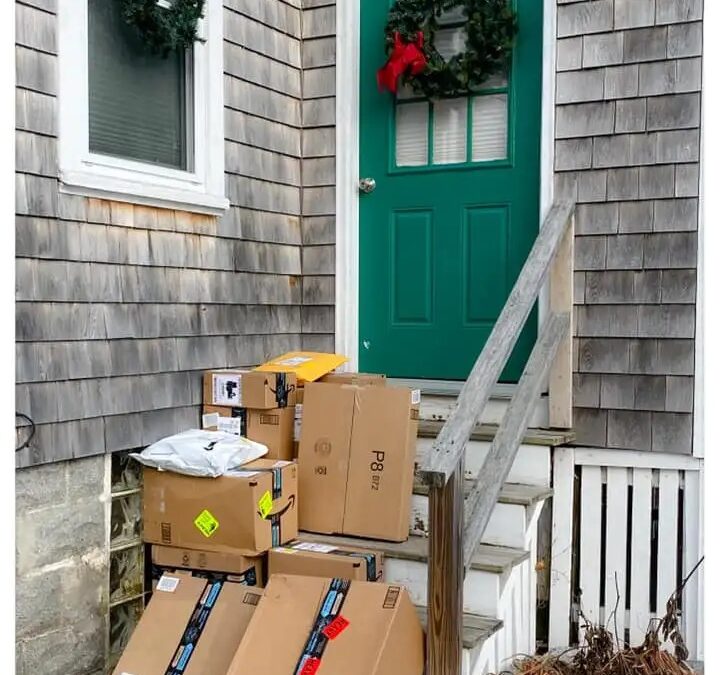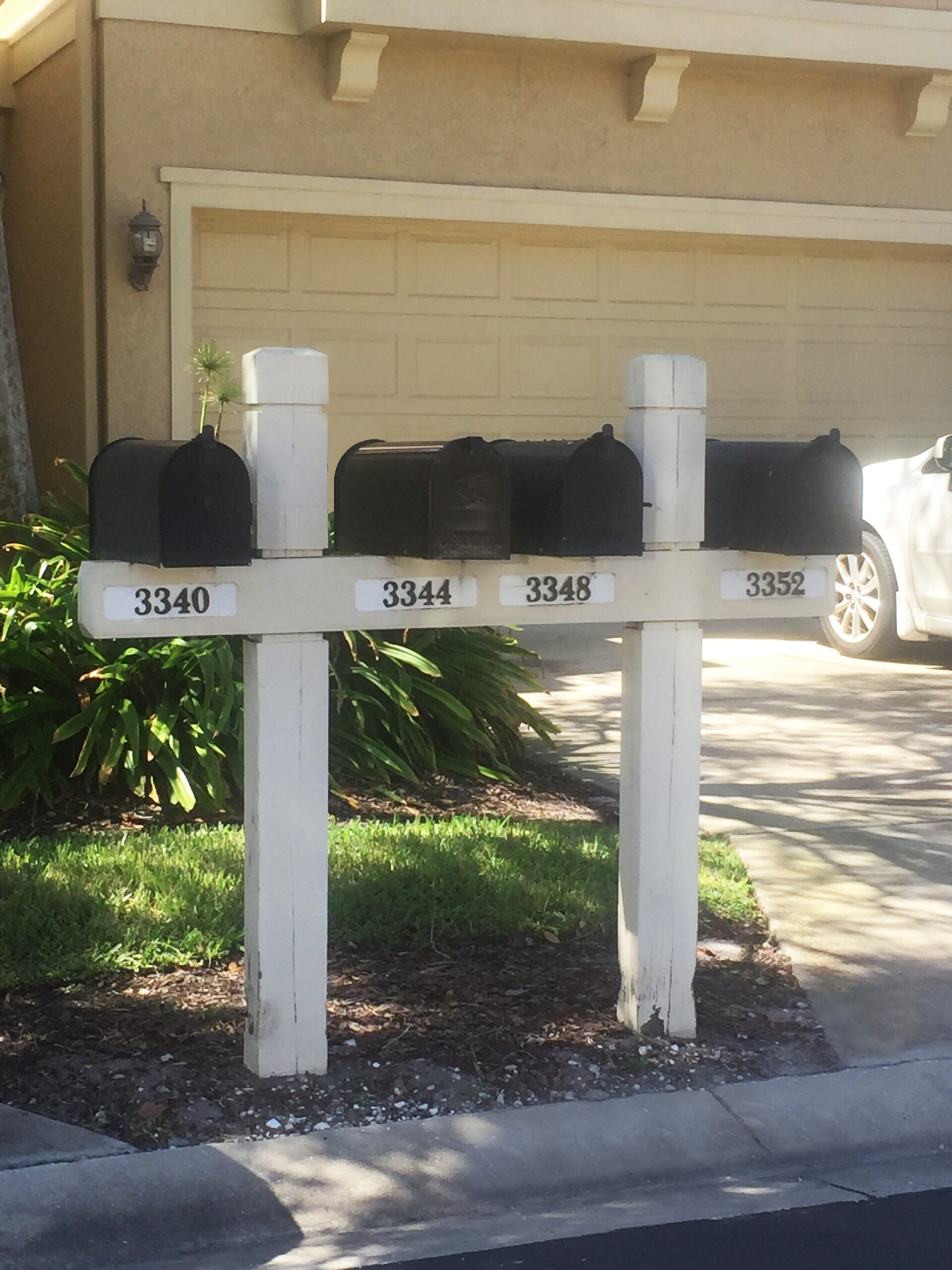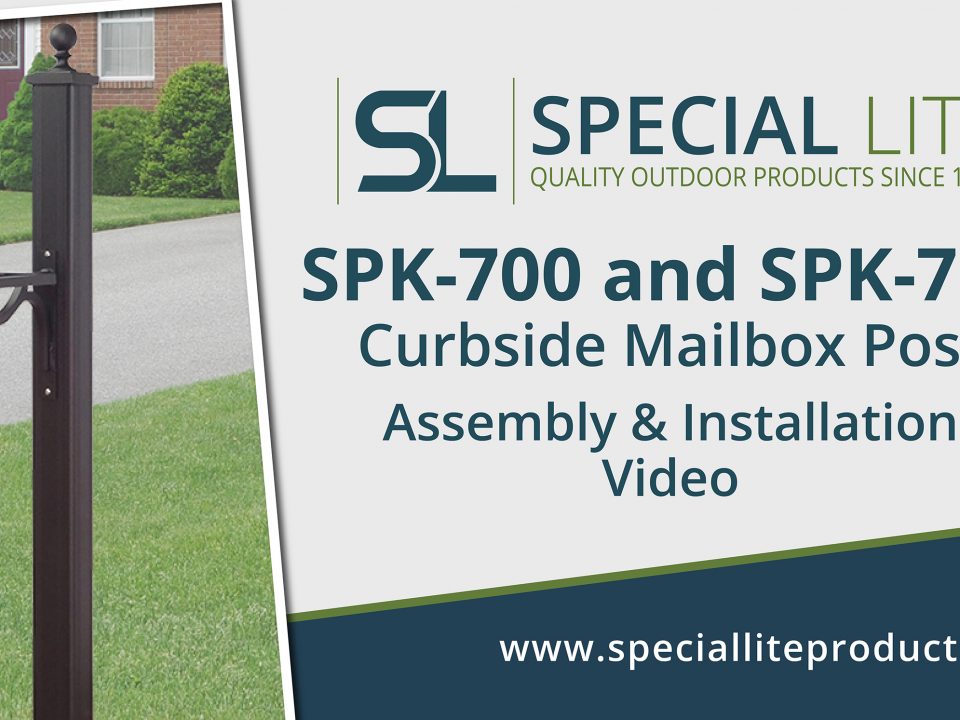
Mailbox Refresh Guide for Fall
November 6, 2025
Each holiday season brings a dramatic increase in parcel traffic, and many communities experience two to three times their normal package volume between Black Friday and New Year’s. For HOAs, property managers, and developers, this surge often leads to overflowing parcel lockers, missed deliveries, and resident frustration—especially when existing mail systems aren’t sized for peak demand. As a manufacturer of durable aluminum mailboxes and parcel equipment, Special Lite Products supports distributors by providing the tools and insights their customers need to stay organized, compliant, and ready for the busiest time of year.
Understanding the Real Impact of Peak Season
Holiday volume doesn’t simply rise—it spikes. Parcels greatly outpace letters, meaning locker compartments turn over rapidly while letter boxes fill more slowly. Carriers operate under greater time pressure, making proper labeling and smooth, operable hardware more important than ever. Meanwhile, residents tend to pick up packages more slowly during the holidays due to travel and weather delays, which keeps compartments occupied longer than usual. Communities should expect at least a two- to three-times increase in average parcel volume and plan their systems around that multiplier.
How to Estimate Peak Capacity Needs
A simple capacity formula can help communities understand whether existing equipment is sufficient. Start by identifying the number of homes served on a given CBU bank, estimating the average parcels received per home per day during peak season, and determining how long parcels typically sit before pickup. Multiplying these values provides an approximate count of how many parcels will be present at any given time. For example, a community with 120 addresses may need space for around 45 parcels during peak season—far more than a standard parcel-locker configuration accommodates. When historical data isn’t available, a conservative estimate of 0.20–0.30 parcels per home per day offers a reliable baseline. Communities can refine this estimate after the first week of December.
Adding Capacity Quickly and Effectively
Distributors can guide customers toward several fast and cost-effective ways to expand capacity. Modular add-on parcel lockers are the simplest option, as they integrate easily with existing CBU lines. Rebalancing address assignments across multiple banks can help redistribute parcel demand, especially in higher-traffic clusters. A seasonal pickup reminder—encouraging residents to collect packages within 24 to 48 hours—can also reduce dwell time. In situations where volume becomes extreme, some communities establish a temporary supervised overflow area, provided it aligns with USPS and HOA requirements.
Staying USPS-Compliant and ADA-Accessible
During peak season, maintaining compliance is critical. All centralized mail equipment must remain USPS-approved, accessible to carriers, and free of obstructions. ADA guidance also applies year-round, meaning approach paths, turning space, and reach ranges must remain clear—even when holiday décor or winter weather threatens access. Clear, high contrast addressing helps reduce delivery errors during the busiest weeks. Importantly, letter compartments cannot be repurposed as parcel units; communities must maintain correct use and rely on USPS-approved lockers for expansion.
A Quick Maintenance Sprint Before the Rush
A short 30–45-minute maintenance check can prevent issues during high-volume days. This includes lubricating locks and hinges, aligning doors, tightening pedestal bolts, refreshing peeling labels, checking lighting for nighttime visibility, and confirming that snow, leaves, or landscaping won’t block access. A simple posted reminder asking residents to retrieve parcels promptly can dramatically improve turnover and reduce strain on lockers.
Knowing When to Expand, Refurbish, or Replace
Some communities simply need more parcel capacity, while others may be dealing with aging equipment. If the existing banks are structurally sound but running out of parcel space daily, adding modular lockers is typically the best solution. When finishes show wear but the structure remains solid, refurbishing may extend service life. Full replacement becomes necessary when corrosion, repeated door failures, or chronic capacity shortfalls make continued repairs impractical. As a general rule, if more than a third of doors or locks require attention—or if parcel lockers overflow daily during peak—it’s time to evaluate replacement or a phased upgrade plan.
Regional Considerations
Depending on location, communities may face additional seasonal challenges. In Florida, UV exposure can accelerate finish fading, and heavy storms require clear drainage around mailbox pads. In the Carolinas, freeze-thaw cycles and early nightfall make lighting, safe access, and pad stability especially important. Distributors can use these insights to better guide customers toward long-lasting, region-appropriate solutions.
Common Questions Your Customers May Ask
Many communities want to know how many parcel lockers they need per 100 homes for the holidays. A recommended starting point is 12–18 effective parcel lockers per 100 addresses, with adjustments made after monitoring early December usage. Others may worry about increased parcel dwell time when residents travel; encouraging timely pickup and adding lockers where needed can ease this pressure. It’s also common for communities to consider adding lockers to only a single high-traffic location—an approach that works well when combined with balanced address distribution. Above all, distributors should remind customers to stick with USPS-approved equipment rather than temporary or DIY parcel box setups, ensuring consistency and compliance throughout the season.




